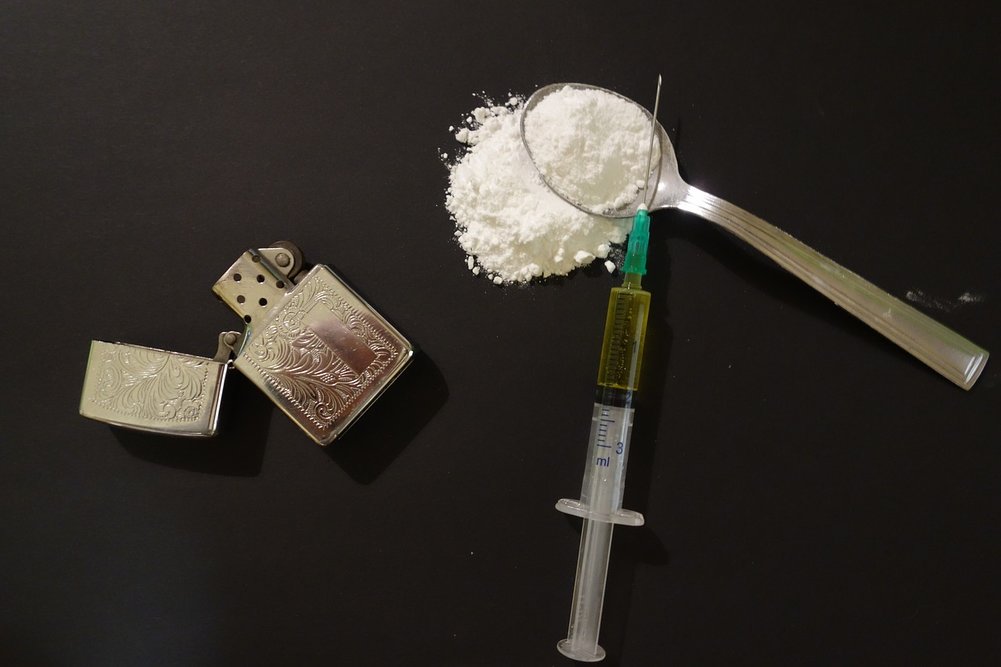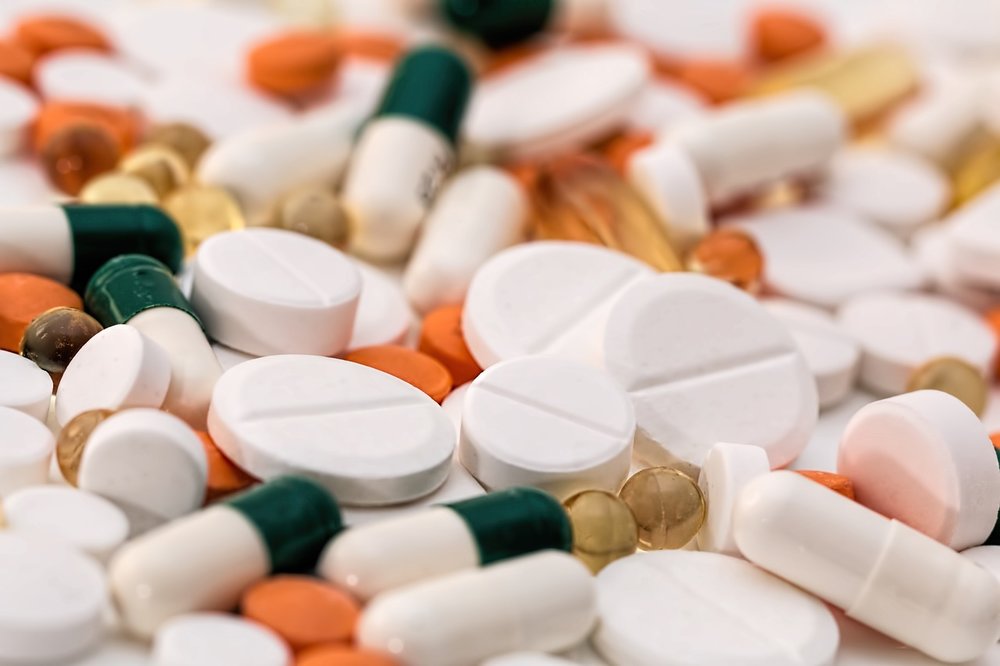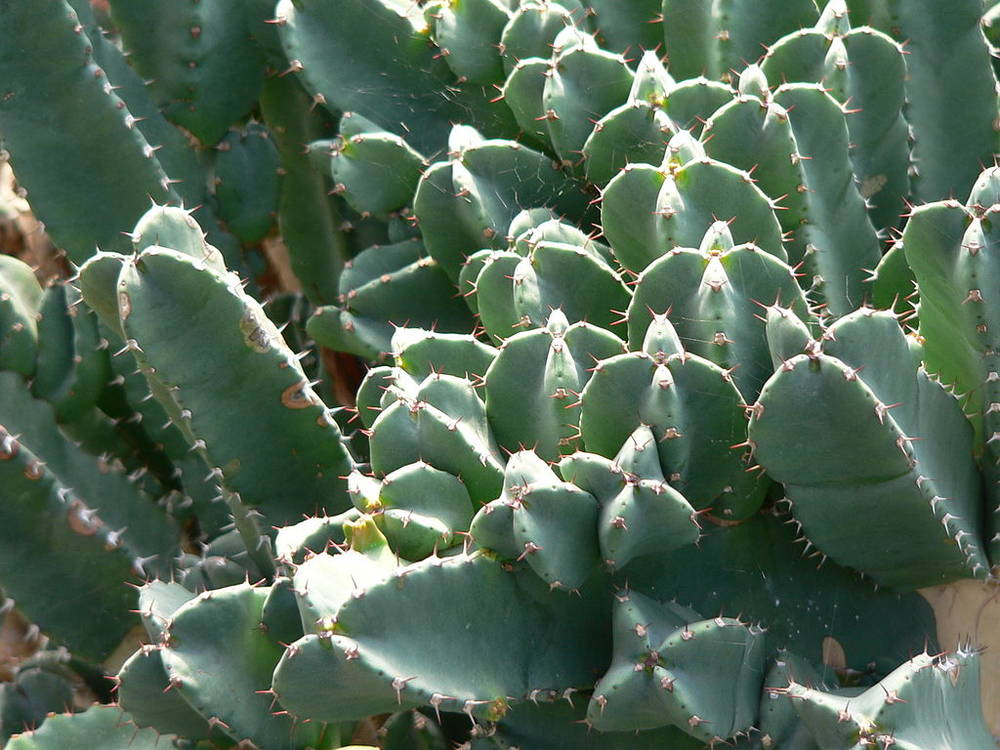Researchers from the University of California have modified brewer’s yeast (Saccharomyces cerevisiae) to manufacture cannabis compounds including the psychoactive chemical THC in a world’s first. This technology could soon provide researchers with cheaper, more efficient and reliable access to medicinal cannabis compounds that are found in trace amounts in nature.
The yeast is used in human culture for millennia. Now, it is one of the favorite experimental organisms for genetic research. The yeast shares a common life cycle and cellular architecture with higher eukaryotes, and it is easily propagated and manipulated in the laboratory. Consequently, in addition to its paramount role in brewing alcoholic drinks, it could now be used to produce cannabinoids – chemicals with medicinal and, in some cases, mind-altering properties found in cannabis (Cannabis sativa).
Recently, new progress has been made in this field at University of California and their findings were published in Nature. The researchers have altered the brewer’s yeast (Saccharomyces cerevisiae) to turn a sugar called galactose into tetrahydrocannabinol (THC), the main psychoactive compound in cannabis, and cannabidiol (CBD). CBD is another major cannabinoid that is attracting attention for its potential therapeutic benefits. It could be beneficial in drugs for anxiety and pain-relief. Researchers hope that this fermentation process will enable manufacturers to produce THC, CBD, and other rare cannabinoids more efficiently than with conventional relatively inefficient plant-based cultivation.
The new study has gained a lot of attention. Kevin Chen is chief executive of Hyasynth Bio in Montreal, Canada, one of at least ten companies working to produce cannabinoids in engineered yeast, bacteria or algae. According to Chen, previous work described only constructing parts of the cannabinoid production line in yeast.
This study is the first that has “put it all together and shown that it actually works inside one cell, which is cool”, Kevin Chen said for Nature.
Similar yeast-grown methods are used to produce anti-malaria drugs for commercial purposes, as well as opiates in the lab. Unfortunately, the technology for making cannabinoids is not cost-effective enough to sell to either pharmaceutical companies or to the general public yet. David Kideckel, a cannabis analyst with AltaCorp Capital in Toronto, Canada, predicts that it will take 18–24 months before synthetic cannabinoids get there.
Synthetic biologist Jay Keasling at the University of California, Berkeley, and his colleagues modified several genes found in S. cerevisiae. Also, they introduced other genes from five types of bacteria and from the cannabis plant. Altogether, they made 16 genetic modifications to transform galactose into inactive forms of THC or CBD. Heating the cannabinoids switches them into their active forms.
Jason Poulos is chief executive of Librede, a company in Carlsbad, California, that holds the first patent on a process for making cannabinoids from sugars in yeast. His opinion is that the produced yield is still far away from what it should be for the cost to be competitive with plant-extracted cannabinoids. The research team produced only 8 milligrams per liter of THC and even lower levels of CBD. But, scientists at Demetrix, a company formed by Keasling, have already made immense progress in maximizing yields.
Maybe an even more important step forward from Keasling and his team was engineering yeast to transform various fatty acids into cannabinoids that do not occur in nature. These compounds should be screened for therapeutic properties. This could raise interest among drug companies.
Vikramaditya Yadav is a chemical engineer at the University of British Columbia in Vancouver, Canada. She is working with InMed Pharmaceuticals to produce cannabinoids using bacteria and expect new cannabinoids to gain attention.
“The pharmaceutical industry will really lap those molecules up,” said Yadav.
Some believe yeast-based fermentation is not the best way to make cannabinoids. Trait Biosciences, for example, is genetically engineering cannabis to produce water-soluble cannabinoids for the beverage industry. They focus on plants and how to potentiate every tissue, not just the resin glands that normally secrete cannabinoids, to produce novel cannabis-derived compounds.
“Everything you can do in yeast, you can do in the plant itself with far greater yield and purity,” said Trait’s chief strategic officer Ronan Levy.
And earlier this month, biochemist James Bowie of the University of California, Los Angeles, made a new discovery. He described a process for turning sugar into CBD that could take action outside of a cell. His team managed to produce a precursor to the inactive forms of THC and CBD, even in commercially viable amounts.
“Cells are a useful vehicle for producing that pathway, but we don’t want the cells,” said Bowie. “We want the damn pathway.”
We will have to wait and see which production method will be first to place more cannabinoids on the market.
Learn more about microbial refineries from Keasling:
By Andreja Gregoric, MSc











